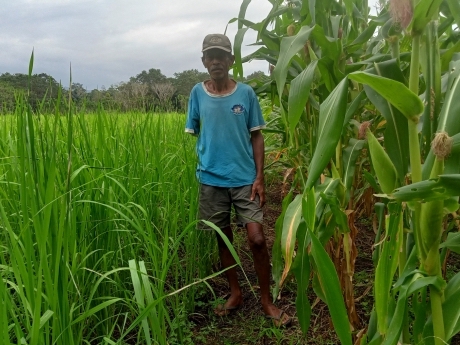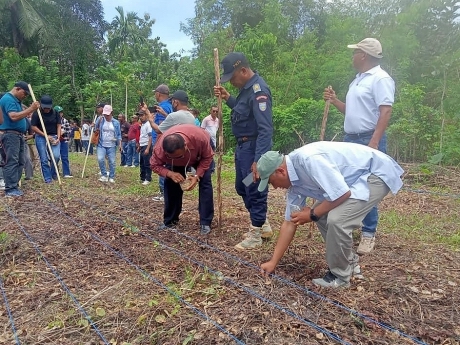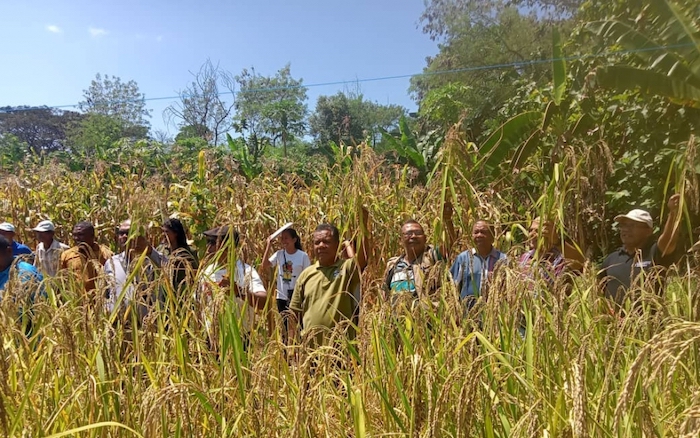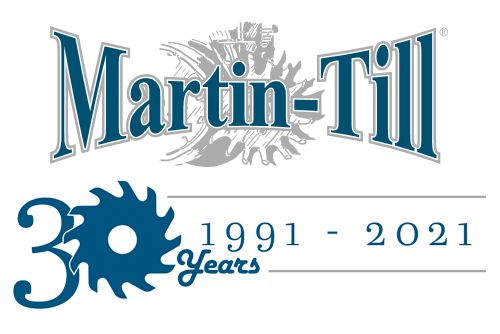

The positive results of Conservation Agriculture gradually convinced increasing numbers of farmers to start adopting these practices.

Joaquim’s success in growing maize and upland rice using Conservation Agriculture has inspired many of his neighbours. Promotional activities held on Joaquim’s land have helped to interest other farmers in trying the techniques for themselves.
The No-Till Passport series is brought to you by Martin Industries.
Since 1991, Martin Industries has designed, manufactured and sold leading agriculture equipment across the U.S. and Canada. Known for Martin-Till planter attachments, the company has expanded to include a five-step planting system, closing wheel systems, twisted drag chains, fertilizer openers and more in their lineup. Their durable and reliable planter attachments are making it possible for more and more farmers to plant into higher levels of residue.







Post a comment
Report Abusive Comment